(sold for $77.0)
1627, Casale Monferrato (City), Charles Gonzaga. Nice Copper Quattrino Coin. VF
Condition: VF Mint Period: 1627-1637 Denomination: Quattrino Material: Copper Diameter: 19mm Weight: 1.83gm
Obverse: Large cross with four small crosses in quarters. All within wreath.
Reverse: Inscription (FER / DVX / MAN T.M.F.) in four lines within wreath.
Casale Monferrato (Italian pronunciation: [kaˈzaːle moɱferˈraːto]) is a town in the Piedmont region in Italy, in the province of Alessandria. It is situated about 60 km (37 mi) east of Turin on the right bank of the Po, where the river runs at the foot of the Montferrat hills. Beyond the river lies the vast plain of the Po valley. Since it became a Roman municipium the town has been the most important center of the zone. After a spell of decline, due to the fall of the Roman Empire and the barbaric invasion, Casale became a free municipality and from the 15th century to the 16th century was the capital of the Palaiologos. Then the Gonzaga got hold of the town and built one of the biggest and most important citadel of Europe. In the 17th century and the 18th century was besieged by both the Spanish and French armies, interested in its strategical position; during Italian unification Casale has been one of the defensive bulwarks against the Austrian Empire. Today Casale, in the middle of the industrial triangle Turin-Milan-Genoa, is an important industrial center, known for the production of cement and the closed factory Eternit, that produced the homonymous material, very dangerous due to the presence of asbestos.
Charles Gonzaga (Italian: Carlo I Gonzaga) (6 May 1580 – 22 September 1637) was Duke of Mantua and Duke of Montferrat from 1627 until his death. He was also Charles III Duke of Nevers and Rethel, as well as Prince of Arche and Charleville
Born in Paris, he was the son of Louis Gonzaga, Duke of Nevers and Henriette of Cleves.
In 1600, as duke of Rethel, he founded, in Nevers, the Order of the Yellow Ribbon, soon forbidden by the King, due to its peculiar character.
In 1606, he decided the foundation of Charleville and the Principality of Arches ( fr ) He became 1st Prince of Arche and Charleville
In 1612, Charles, a descendant of the Byzantine Emperor Andronicus II Palaeologus through his grandmother Margaret, who was of the line of Theodore I, Marquess of Montferrat, Andronicus' son. Claimed the throne of Constantinople, at the time the capital of the Ottoman Empire. He began plotting with Greek rebels, including the Maniots of Greece, who addressed him as "King Constantine Palaeologus". When the Ottoman authorities heard about this, they sent an army of 20,000 men and 70 ships to invade Mani. They succeeded in ravaging Mani and imposing taxes on the Maniots. This caused Charles to move more actively for his crusade. He sent envoys to the courts of Europe looking for support. In 1619, he recruited six ships and some five thousand men, but he was forced to abort the mission because of the beginning of the Thirty Years' War.
At the death of the last legitimate male heir of the Gonzaga line in the Duchy of Mantua, Vincenzo II (1627), Charles inherited the title through an agreement. His son was married with Maria Gonzaga, daughter of former Duke Francesco IV.
However, his succession spurred the enmity of Charles Emmanuel I of Savoy, who aimed at the Gonzaga lands of Montferrat, and, above all, of Spain and the Holy Roman Empire, which did not like a philo-French ruler in Mantua. This led to the War of the Mantuan Succession. In 1629 emperor Ferdinand II sent a Landsknecht army to besiege Mantua, Charles left without the promised support from Louis XIII of France. The siege lasted until July 1630, when the city, already struck by a plague, was brutally sacked. Mantua never recovered from this disaster.
The subsequent diplomatic maneuvers allowed Charles, who had fled to the Papal States, to return to the duchy in 1631, although not without concessions to the House of Savoy and to the Gonzaga of Guastalla. The situation of the Mantuan lands was dramatic, but he was able to trigger some economic recovery in the following years.
Charles died in 1637. His successor was his grandson Charles II, initially under the regency of Maria Gonzaga, Charles I's daughter-in-law.

|
Posted by:
anonymous 2019-03-31 |
1/2 Scudo Vatican Gold
group has 5 coins / 5 prices
⇑
9 coin descriptions were improved from 2025-05-14 to 2025-05-21
One of them is:
1 Lira Kingdom of Italy (1861-1946) Silv ...
group has 9 coins / 8 prices

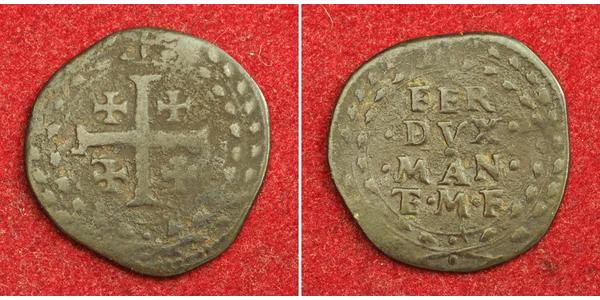





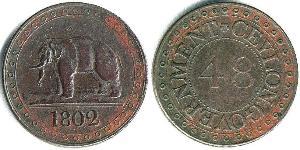

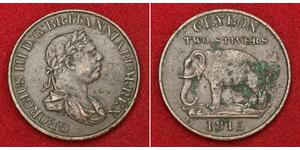
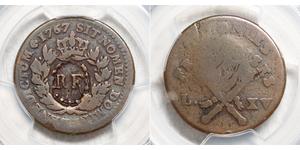


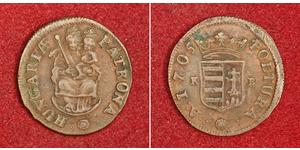

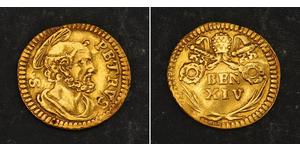
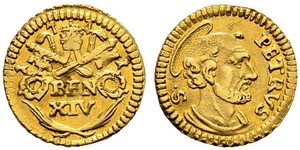
-300-150-cNoKbzbiUSoAAAFNd79tvw0D.jpg)





